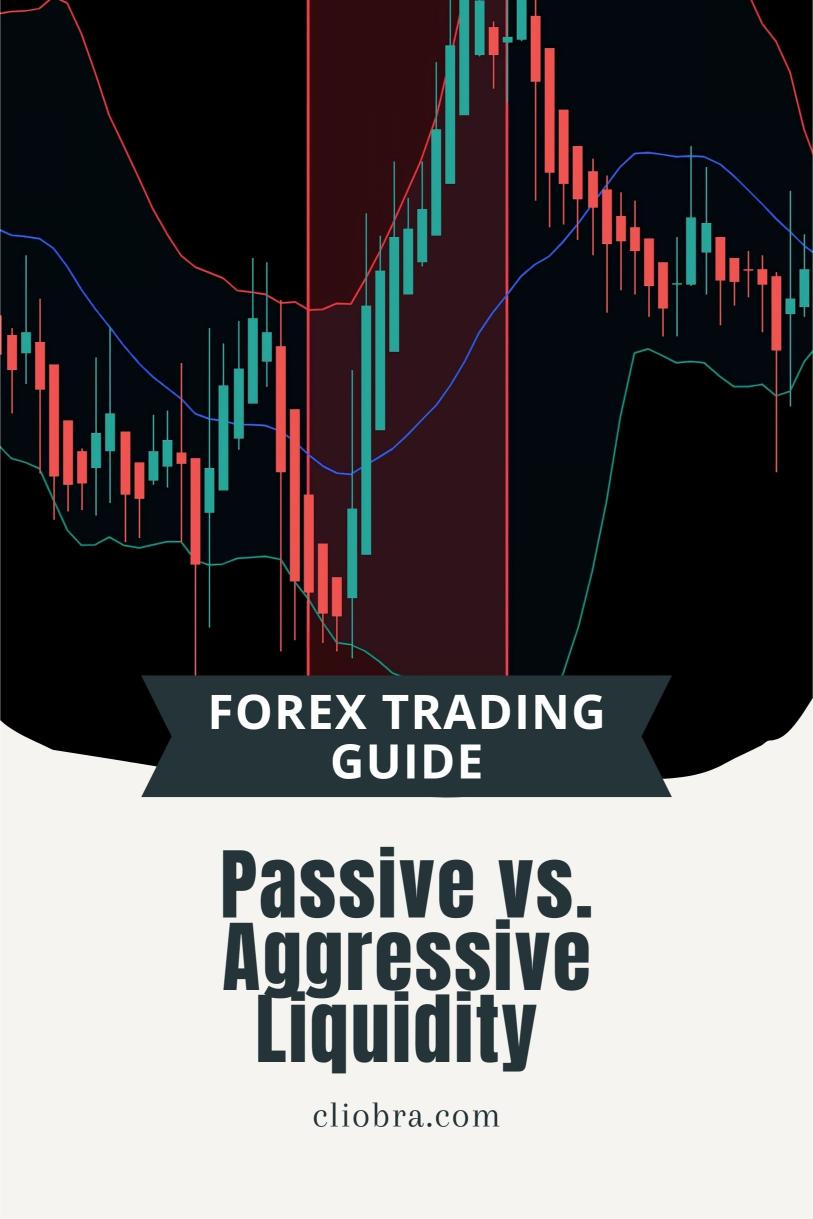Last Updated on February 9, 2025 by Arif Chowdhury
As a seasoned Forex trader since 2015, I know how confusing liquidity can be.
You might be wondering:
How do I know when to jump in or hang back?
What’s the difference between passive and aggressive liquidity?
Understanding these concepts can make or break your trading success.
Let’s dive in.
What is Liquidity in Forex?
Liquidity refers to how easily an asset can be bought or sold in the market without affecting its price.
In Forex, higher liquidity means you can enter and exit trades without significant slippage.
Here’s the kicker:
Forex is one of the most liquid markets in the world, with a daily trading volume of over $6 trillion.
That’s a massive pool to swim in!
Passive vs. Aggressive Liquidity
Understanding the two types of liquidity can help you make smarter trading decisions.
Passive Liquidity
- Definition: Passive liquidity is when orders are placed with the intention of providing liquidity to the market. Think of it as a calm river, flowing steadily.
- Characteristics:
- Limit orders at specific price levels.
- Traders are waiting for the market to come to them.
- Less impact on market volatility.
- Example: You place a limit order below the current market price, waiting for it to fill.
Passive liquidity is crucial for those who prefer a more measured approach to trading.
Aggressive Liquidity
- Definition: Aggressive liquidity happens when traders hit the market with market orders, seeking immediacy. This is like a raging river, full of energy and movement.
- Characteristics:
- Market orders that take liquidity from the market.
- Quick execution but can lead to slippage.
- Higher volatility as large trades can impact prices.
- Example: You place a market order to buy EUR/USD at the current price, regardless of the spread.
Aggressive liquidity is for traders who thrive on fast-paced environments.
How to Spot Liquidity Types
So, how do you identify these liquidity types in real-time?
1. Analyze Order Books
Look at the order book to see where the orders are stacked.
- Passive Liquidity: Large clusters of limit orders.
- Aggressive Liquidity: Sudden spikes in market orders.
2. Watch Price Action
Notice how price reacts to large trades.
- Passive: Price moves gradually.
- Aggressive: Price jumps or drops sharply.
3. Use Technical Indicators
Indicators can help you gauge market sentiment.
- Volume: High volume often signals aggressive trading.
- Bollinger Bands: A squeeze can indicate potential liquidity shifts.
Trading Strategies
Once you spot the liquidity type, it’s time to put that knowledge to work.
For Passive Liquidity
- Wait for the Market: Set limit orders at key support or resistance levels.
- Use Smaller Position Sizes: Minimize risk while you wait for fills.
For Aggressive Liquidity
- Quick Entries and Exits: Take advantage of fast-moving markets.
- Scalping: This strategy thrives on short-term price movements, exploiting aggressive liquidity.
Why It Matters
Understanding how to spot and trade passive vs. aggressive liquidity can lead to more profitable trades.
Remember, the Forex market is not just about making quick bucks.
It’s about being strategic and understanding market dynamics.
My Trading Journey
Through years of experience, I’ve developed a robust trading strategy that leverages both passive and aggressive liquidity.
I’ve also created a portfolio of 16 sophisticated trading bots, each designed for specific currency pairs like EUR/USD, GBP/USD, USD/CHF, and USD/JPY.
These bots are internally diversified to minimize correlated losses, ensuring a stable trading experience.
And here’s the cherry on top:
I’m offering this entire EA portfolio for FREE.
You can check it out and see how these bots can work for you.
Plus, I’ve tested some of the best Forex brokers out there, which you can check through this link: Most Trusted Forex Brokers.
Final Thoughts
Navigating liquidity in Forex is all about being informed and adaptable.
Whether you’re a passive player or an aggressive trader, knowing how to spot these opportunities can elevate your trading game.
Ready to dive in?
Explore my EA trading bot portfolio and start your journey toward more informed trading today!
